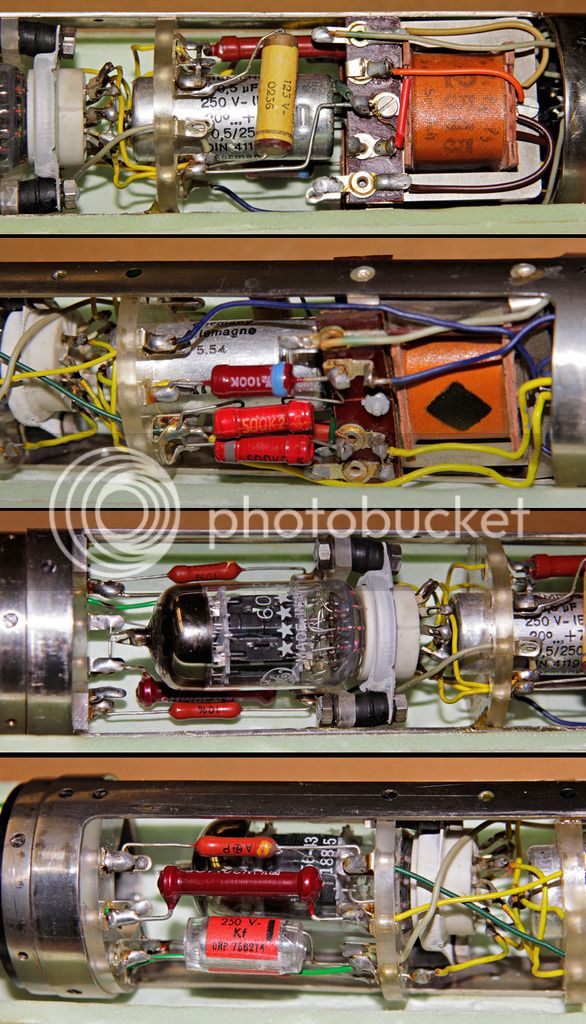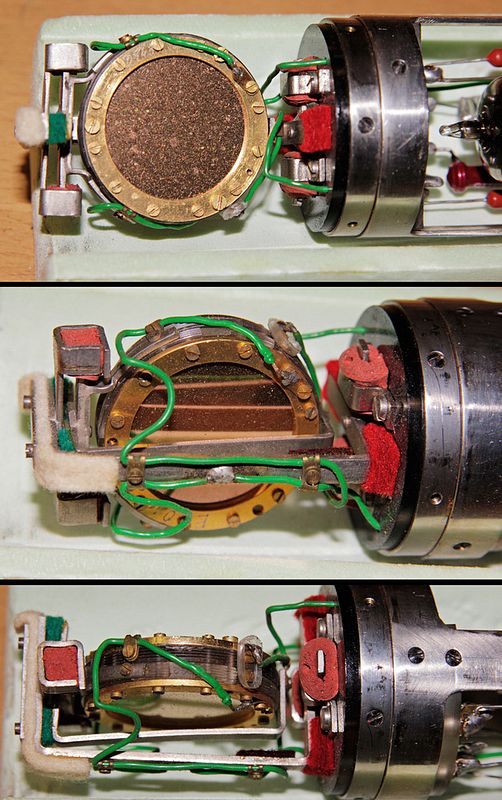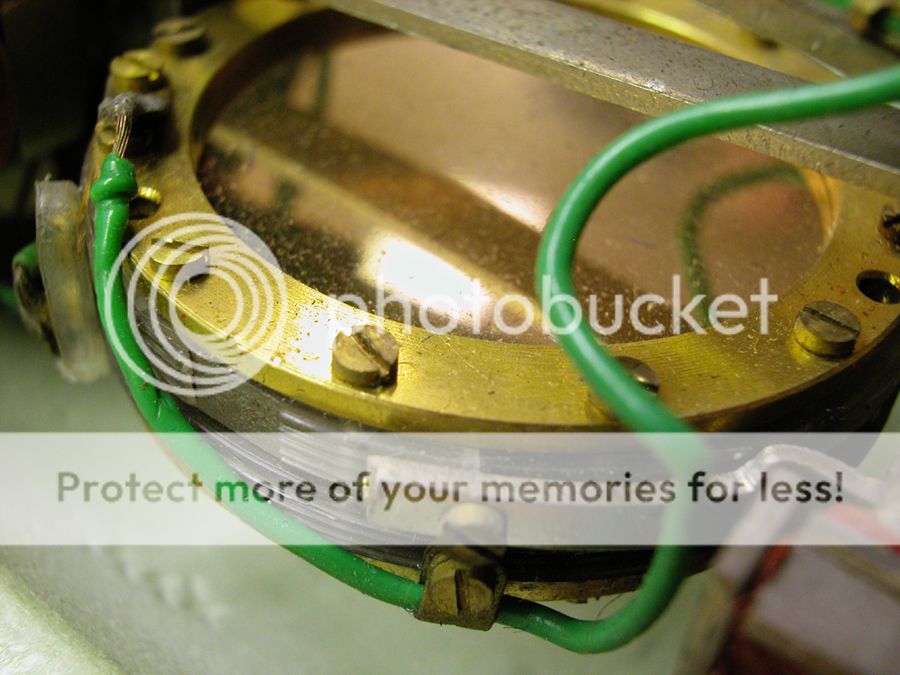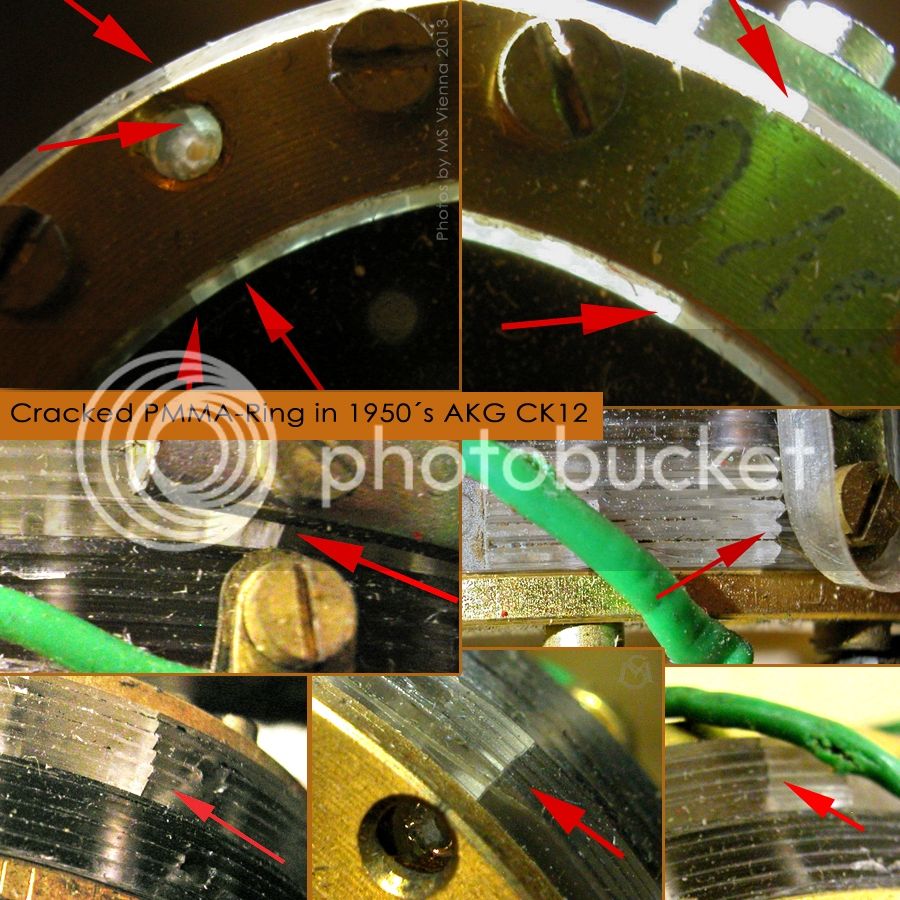Well spotted Rossi! I too assumed it was uf too!  Like you said that chainges things a bit! ;D
Like you said that chainges things a bit! ;D
In my Ck12 experiments
I have found that the shallow capsules can still be setup to sound as bright or dark as the deeper ck12, the difference is more the the shallower version is a bit more mid forward or less scooped depending on how you look at it.
In my Ck12 experiments
I have found that the shallow capsules can still be setup to sound as bright or dark as the deeper ck12, the difference is more the the shallower version is a bit more mid forward or less scooped depending on how you look at it.









